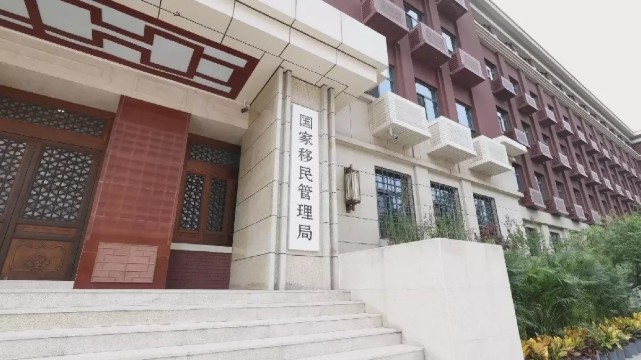
The National Immigration Administration of China announced on 3 November 2025 that it will widen its pilot programme allowing mainland “talent” to travel to and from Hong Kong and Macau under more relaxed visa and border-control conditions.
Under the new policy, beginning 5 November, the multiple-entry endorsements intended for outstanding professionals (e.g., in science, education, culture, health, legal sectors) will no longer be limited to just the previously-covered regions of Beijing, Shanghai and the Guangdong–Hong Kong–Macao Greater Bay Area (GBA). Instead they will be extended to the Yangtze River Delta region, the Beijing-Tianjin-Hebei region, and all national pilot free-trade zones.
These travel endorsements will allow eligible mainland talent to apply for multi-entry permits valid for one to five years, with each stay in Hong Kong or Macau capped at 30 days.
Further to the visa system expansion, the policy also introduces border-control enhancements: facial-recognition “smart immigration clearance” will now apply at more checkpoints linking the mainland with Hong Kong, Macau and Taiwan. These include expanded systems at major airports and ports beyond the initial ones in the GBA zone.
This combined visa and clearance upgrade demonstrates Beijing’s strategy to promote greater integration of talent flows and streamline people-mobility between the mainland and the two SARs, supporting development goals for the GBA and other key economic regions. It also reflects a broader push to attract and retain “high-end” professionals in regional growth zones.
From the perspective of Hong Kong and Macau, the policy is expected to boost talent inflows, enhance cross-border collaboration in industries like innovation, education and health, and ease travel-friction for business and professional exchange. Meanwhile, mainland provinces will gain increased mobility and recognition for their skilled workers.
However, while the changes are significant, the policy remains targeted (i.e., “talent”-only, defined sectors) and may not immediately translate into mass mobility or consumer-travel increases. The actual impact will depend on how many workers meet eligibility, how the endorsements are processed, and whether transport/logistics capacity (air/sea links) and infrastructure keep pace.

 Content Writer: Janice Chew • Monday, 25/11/2025 - 22:24:35 - PM
Content Writer: Janice Chew • Monday, 25/11/2025 - 22:24:35 - PM